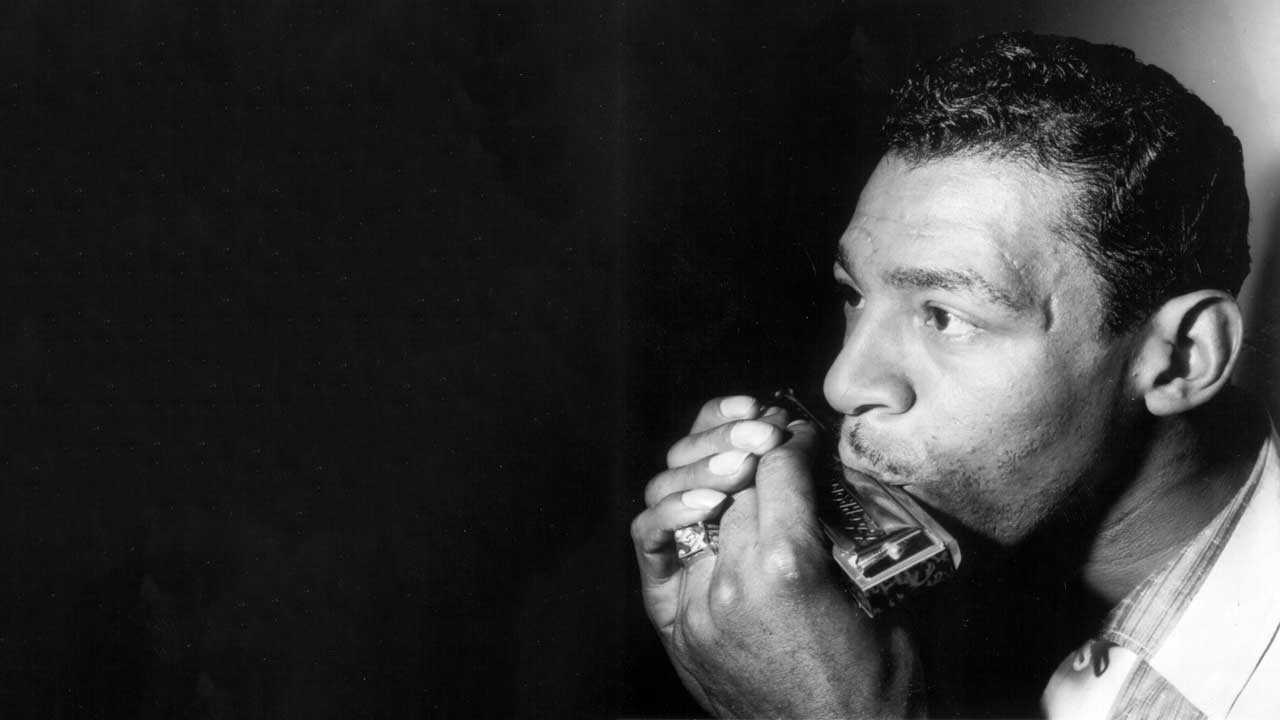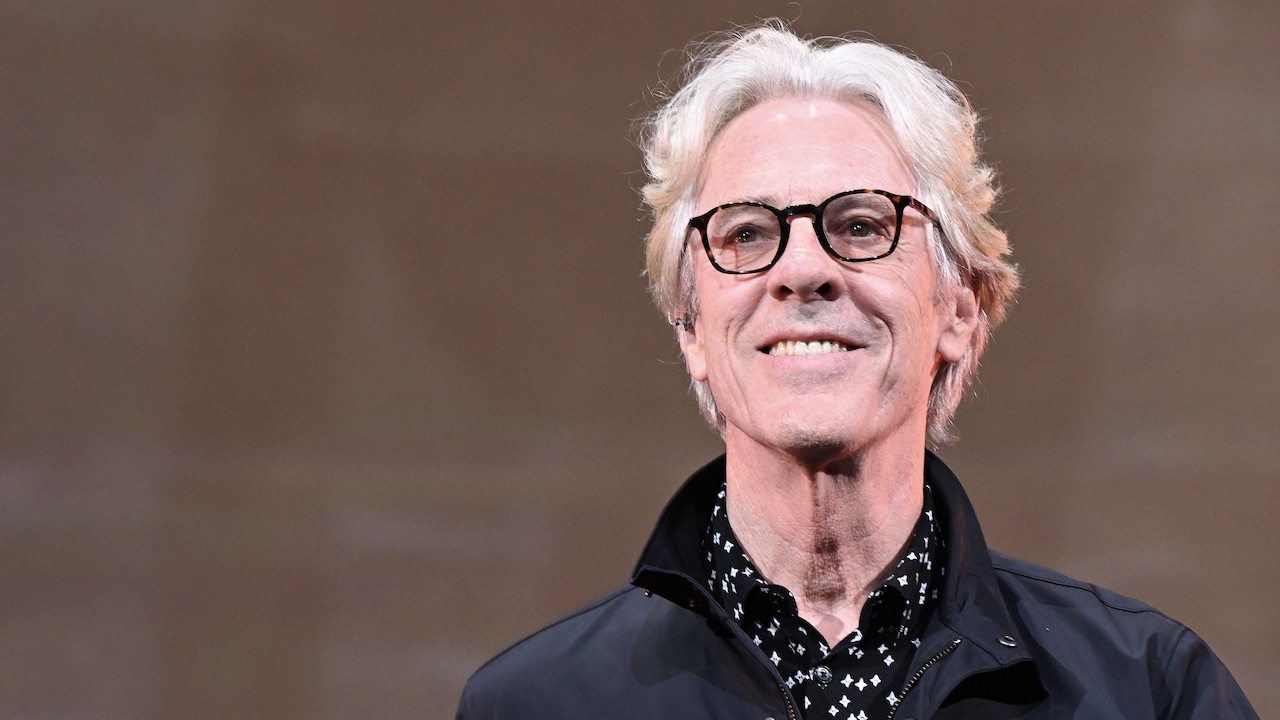A guide to harmonica blues in five essential albums
Blues just wouldn’t be the same without the wailing of the harp. Here we celebrate the people who blew the hardest

No one know when the harmonica first got the blues, but WC Handy reported hearing train imitations being played on the instrument in the 1870s, and by the 1920s, after Mamie Smith hit with Crazy Blues, it had become an integral part of the soundtrack to the south of the US.
Come the late 40s and early 50s, with the advent of amplification and hand-held mics, the blues harp found its voice, with practitioners Little Walter Jacobs, Big Walter Horton, Sonny Boy Williamson II and Snooky Pryor taking it into new realms with wailing solos as expressive as any guitar riff or lick.
Prior to those 50s game-changers were George “Bullet” Williams, Alfred Lewis, Jaybird Coleman and Noah Lewis, principal players in the instrument’s evolution. Their work is anthologised on Blowing The Blues: A History Of Blues Harmonica 1926-2002 (Indigo), which provides a thrilling introduction to blues harp playing. Here we get vital building blocks such as Williams’ Touch Me Light Mama from 1928 on Paramount, Mississippi Swamp Moan by Alfred Lewis on Okeh from 1930 and Coleman’s Man Trouble Blues from 1930 on Columbia.
Bridging these pre-war recordings with the post-war harmonica blues sound we recognise today is the work of Madison County, Tennessee’s John Lee ‘Sonny Boy’ Williamson, ‘the father of modern blues harp’. His evergreen songbook – including Good Morning Schoolgirl, Sugar Mama Blues, Shake The Boogie, Early In The Morning and Hoodoo Hoodoo aka Hoodoo Man Blues – blueprinted the future.
His impact was huge, influencing Billy Boy Arnold, Sonny Terry, Little Walter and Sonny Boy Williamson II – the latter not only adapted his style of playing but also took on his name after he was murdered in a robbery in 1948. The Original Sonny Boy Williamson Volume 1 (JSP) is the best overview of his material.
But it was Little Walter who took up Williamson’s baton, placing the blues harp in a gritty R&B setting and ushering in the new era. Every player since, from Charlie Musselwhite to Paul Lamb, owes him a debt.

Little Walter - His Best (Chess 50th Anniversary Collection)
Born Marion Walter Jacobs in 1930, Little Walter started playing blues harp aged eight and at 12 left his Marksville, Louisiana home to busk in New Orleans, Memphis, Helena, Arkansas and St Louis before settling in Chicago, where he teamed with the Muddy Waters Band in 1948.
Sign up below to get the latest from Classic Rock, plus exclusive special offers, direct to your inbox!
A true pioneer, he was one of the first to amplify his harmonica, and he was arguably the first to use the added volume for experimentation and distortion, which he utilised to full effect on both his recordings with Waters (his first amplified appearance is on Waters’ Country Boy from 1952) and his solo work.
His 1952 debut 45 for Chess imprint Checker, Juke – a gutsy R&B instrumental – was recorded in one take and hit the US R&B No.1 spot, remaining there for eight weeks – it’s still the only instrumental to place at the top of the US R&B chart – and it set Walter up to become one of the Chess label’s most commercial propositions.
His second 45, Sad Hours, hit No.2 while Juke was still at No.1 and he notched up a further 13 US R&B hits, including the excellent My Babe – his second and last No.1 – in 1955, the same year’s Roller Coaster which, written by and featuring Bo Diddley, made No.6 and Key To The Highway, his last Top 10 hit in 1958.
His Best (Chess 50th Anniversary Collection) is a real bargain, rounds up 12 of those hits, and the remaining nine tracks are equally thrilling A and B-sides that somehow flopped but are all perfect examples of his swinging style and are now rightly considered classics: Mellow Down Easy and Confessin’ The Blues are two of them.
Sonny Boy Williamson - Down And Out Blues
A volatile personality who was also an indelible songwriting talent, Aleck ‘Rice’ Miller punted his grizzly blues harp playing and growly vocal under the name of an already successful recording artist, Sonny Boy Williamson. He provided one of the most exciting blues harp-led sources. His debut, 1959’s Down And Out Blues, collects his 45s up to that date and with backing by Muddy Waters, Jimmy Rogers, Otis Spann, Willie Dixon and Fred Below, it’s a landmark work.
Junior Wells - Hoodoo Man Blues
The brief for Wells’ 1965 debut for Delmark was simple: capture his live Chicago club sound in the studio. With the Junior Wells’ Chicago Blues Band – featuring Buddy Guy, credited as Friendly Chap on the album sleeve – and produced by Delmark founder Bob Koester, Hoodoo Man Blues does just that, with the album shot through with an urgency that is utterly thrilling. A huge commercial success, it became Delmark’s biggest seller and remained so until 2003.
Big Walter Horton With Carey Bell - Big Walter Horton With Carey Bell
Horton and Bell had a telepathy, captured best on this 1972 album. Recorded in Sound Studios in Chicago, it finds the harmonica-playing pair in perfect harmony over 11 songs, seven penned by Horton, the remainder including compelling readings of Little Walter’s Can’t Hold Out Much Longer and Robert Lockwood Jr’s Little Boy Blue. It really is the coming together of generations.
Various - Harp Blues
Spanning 1947 to 1968, this introduction to post-war harmonica blues can’t be beat. The selection is unimpeachable, a snapshot of artists reading like a roll call of luminaries: Sonny Boy Williamson, Jerry McCain, Little Walter, Shakey Horton, The Junior Wells Chicago Blues Band et al. Also check out Deep Harmonica Blues from Ace Records, which catalogues the harp players who recorded for Excello – Sonny Boy Williamson and Jerry McCain, plus choice picks from Lazy Lester, Slim Harpo and Jimmy Anderson.
The Paul Butterfield Blues Band - The Paul Butterfield Blues Band
The 1965 debut by The Paul Butterfield Blues Band is the moment the blues harp enters the US blues-rock vernacular. Butterfield’s passionate blowing and bending solos adds an authenticity to their modern reading of Chicago blues as they deliver a series of well-crafted originals and stamp their imprint on covers of Little Walter, Junior Parker, Elmore James and Muddy Waters songs.


